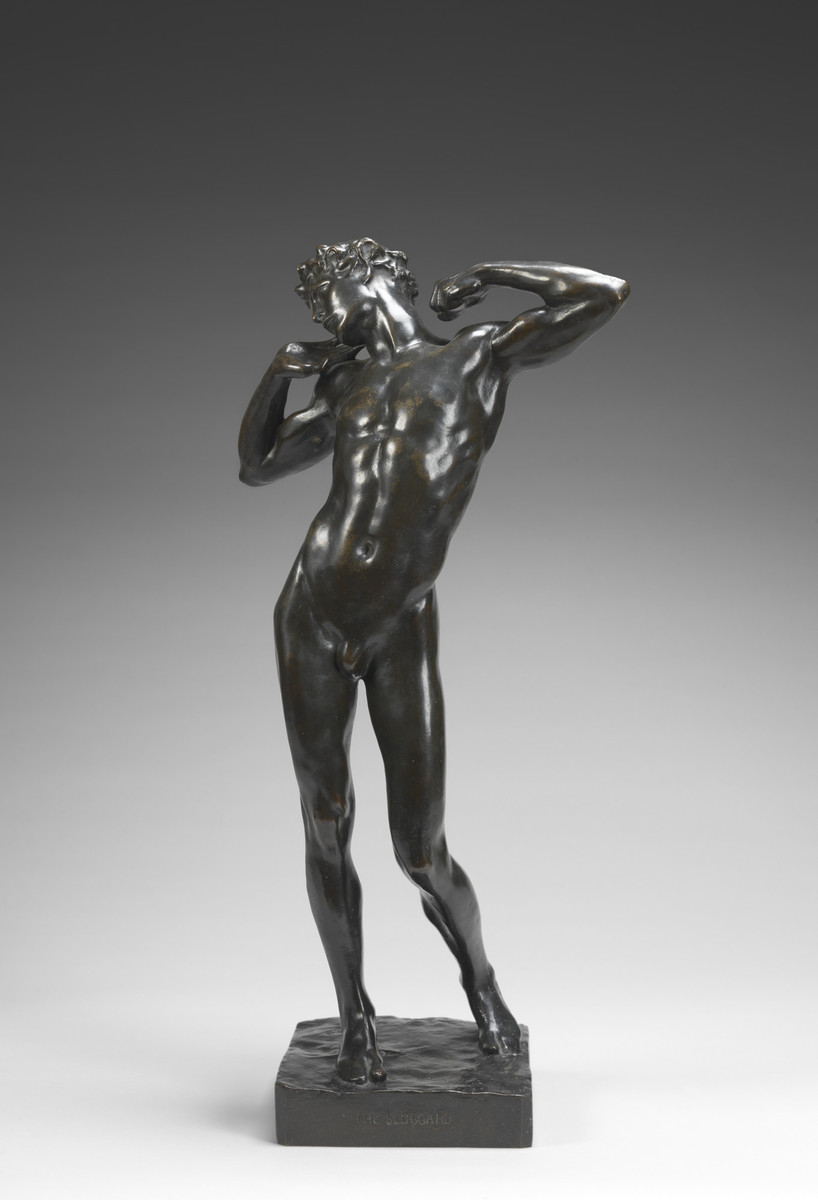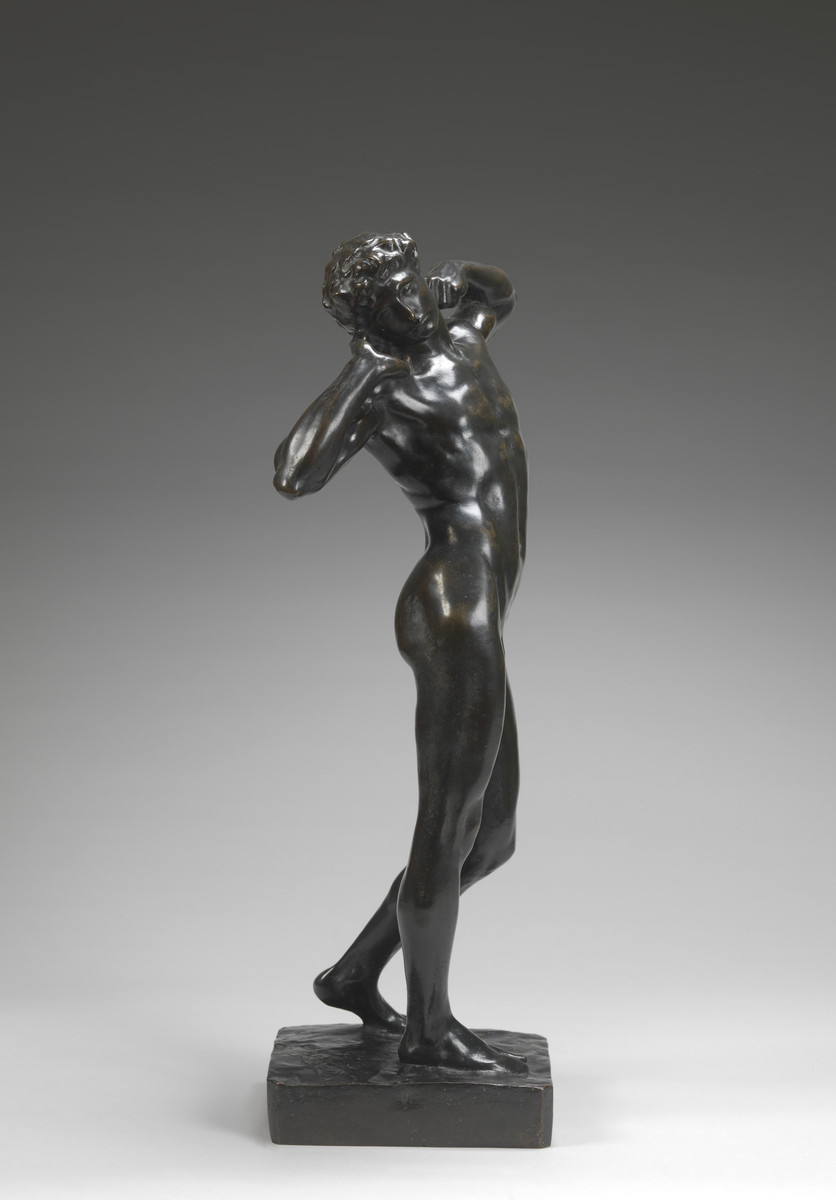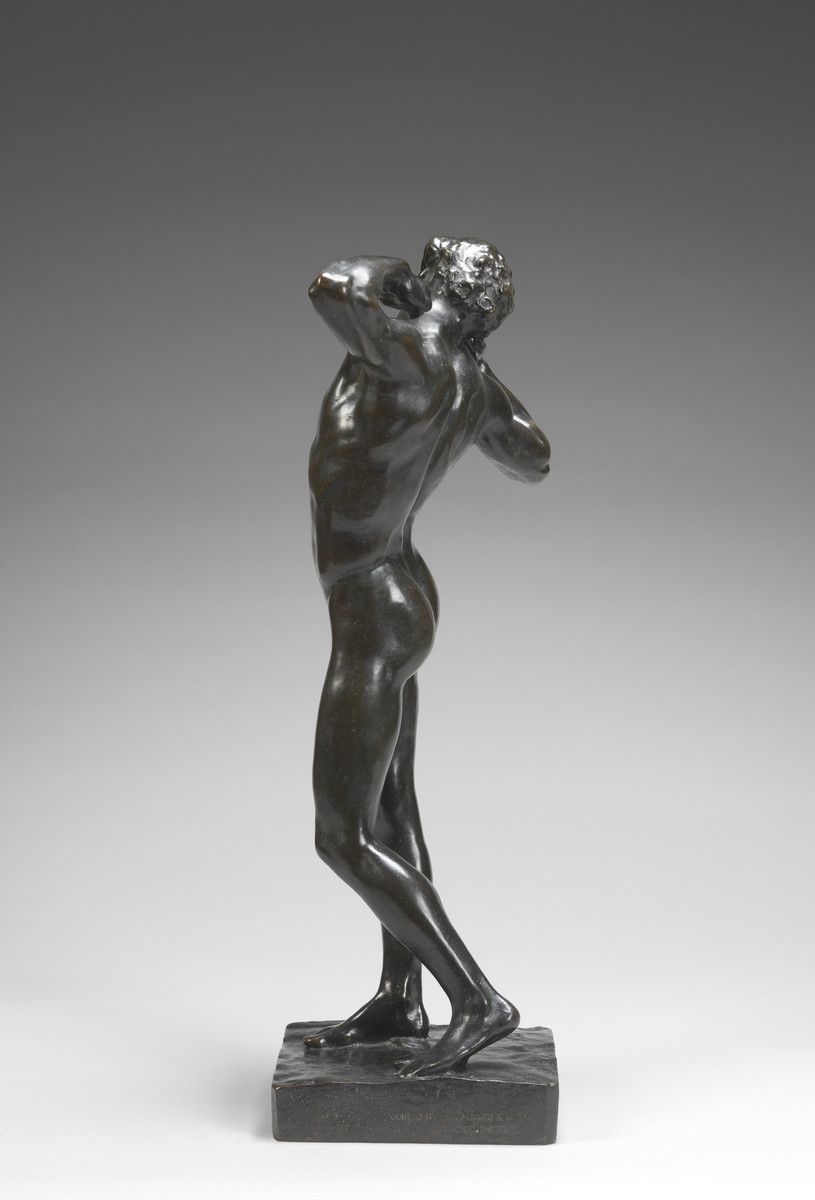Not On View
Leighton, Frederic, 1st Baron Leighton of Stretton
British (1830-1896)
Place made: Europe; United Kingdom; Great Britain; England; London
The Sluggard, 1882 model; 1890 cast
Overall: 20 5/8 in x 9 in x 6 1/2 in; 52.4 cm x 22.9 cm x 16.5 cm; Base: 1 1/2 in x 5 7/8 in x 6 1/2 in; 3.8 cm x 14.9 cm x 16.5 cm
Purchase with the Warbeke Art Museum Fund
MH 1985.4

 GIVE
GIVE

